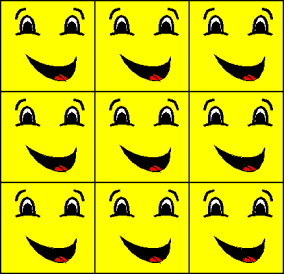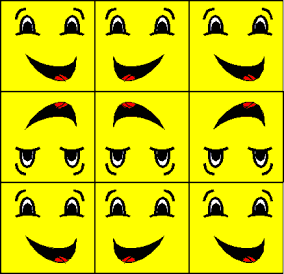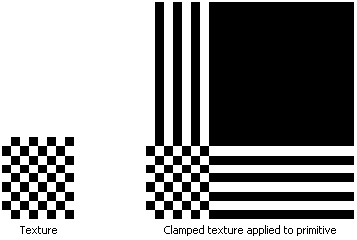Printing3DTextureEdgeBehavior Enum
Definition
Important
Some information relates to prerelease product that may be substantially modified before it’s released. Microsoft makes no warranties, express or implied, with respect to the information provided here.
Specifies how tiling should occur in the U and V axis in order to fill the overall requested area of a texture.
public enum class Printing3DTextureEdgeBehavior/// [Windows.Foundation.Metadata.ContractVersion(Windows.Graphics.Printing3D.Printing3DContract, 65536)]
enum class Printing3DTextureEdgeBehavior[Windows.Foundation.Metadata.ContractVersion(typeof(Windows.Graphics.Printing3D.Printing3DContract), 65536)]
public enum Printing3DTextureEdgeBehaviorvar value = Windows.Graphics.Printing3D.Printing3DTextureEdgeBehavior.nonePublic Enum Printing3DTextureEdgeBehavior- Inheritance
-
Printing3DTextureEdgeBehavior
- Attributes
Windows requirements
| Device family |
Windows Desktop Extension SDK (introduced in 10.0.10240.0)
|
| API contract |
Windows.Graphics.Printing3D.Printing3DContract (introduced in v1.0)
|
Fields
| Name | Value | Description |
|---|---|---|
| None | 0 | No tiling will occur. |
| Wrap | 1 | Tiles repeat the texture resource at every integer junction. For example, with texture coordinates of (0.0,0.0), (0.0,3.0), (3.0,3.0), and (3.0,0.0), setting the Wrap texture edge behavior results in the texture being applied three times in both the u-and v-directions, as shown here. |
| Mirror | 2 | Tiles mirror the texture at every integer boundary. For example, with texture coordinates of (0.0,0.0), (0.0,3.0), (3.0,3.0), and (3.0,0.0). Setting the Wrap texture edge behavior results in the texture being applied three times in both the u- and v-directions. Every other row and column that it is applied is a mirror image of the preceding row or column, as shown here. |
| Clamp | 3 | Clamps texture coordinates to the [0.0, 1.0] range. That is, it applies the texture once, then smears the color of edge pixels. For example, suppose that your application creates a square primitive and assigns texture coordinates of (0.0,0.0), (0.0,3.0), (3.0,3.0), and (3.0,0.0) to the primitive's vertices. Setting the Clamp texture edge behavior results in the texture being applied once. The pixel colors at the top of the columns and the end of the rows are extended to the top and right of the primitive respectively, as shown here. |
Remarks
This API is designed for use with 3D Manufacturing Format (3MF) packages. For more info about 3MF, see the 3MF Specification.


